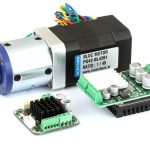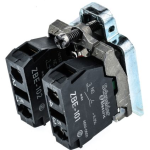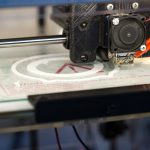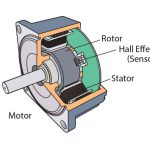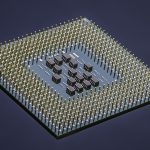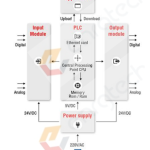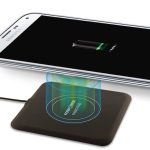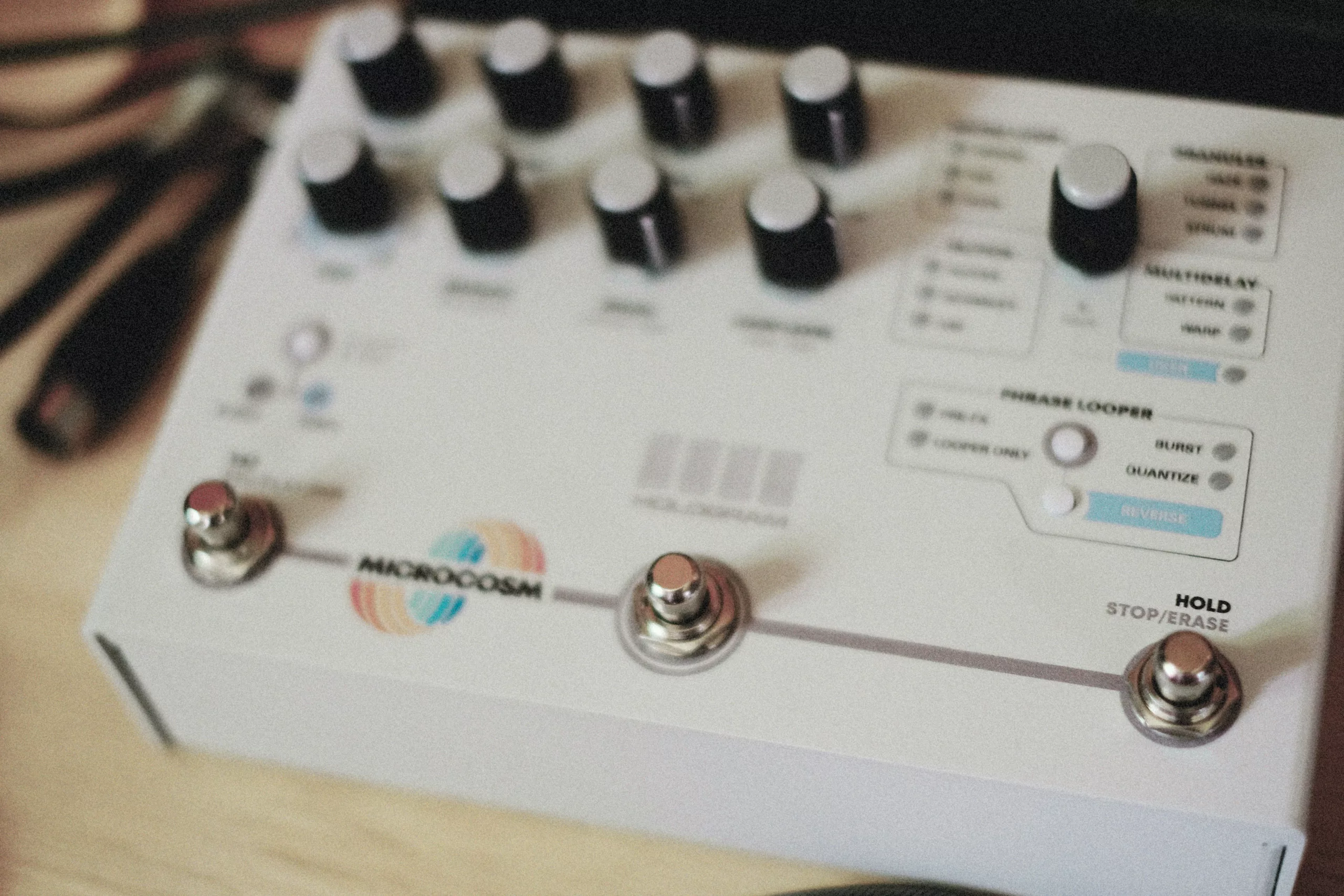
The demand for smaller and more energy-efficient devices is rising in the ever-expanding Internet of Things (IoT) landscape. Ultra-wideband (UWB) technology has emerged as a promising solution, offering high-precision localisation and low-power consumption. This article explores the significance of low-power UWB modules for IoT applications, advantages, and use cases, focusing on the smallest UWB module available in the market.
Understanding UWB Technology
UWB technology uses a broad spectrum of radio frequencies, enabling it to transmit data over short distances yet consuming low power. UWB operates by emitting short pulses across a wide frequency range, allowing accurate positioning and ranging capabilities. This technology particularly suits indoor applications, providing precise location data with minimal interference.
Smallest UWB Module: The Growing Demand for Low-Power IoT Devices
For demanding compact IoT solutions, a breakthrough has been achieved by developing the smallest UWB module. This module combines miniaturisation and low-power capabilities for high-energy efficiency applications with limited space. The UWB module’s compact size enables seamless integration into multiple IoT devices, including wearables, asset trackers, and smart home equipment. It delivers reliable and precise positioning data, making it suitable for indoor localisation, asset tracking, and contactless payments.
The need for small, energy-efficient devices becomes crucial as the IoT ecosystem expands. Traditional wireless technologies, such as Wi-Fi and Bluetooth, are only sometimes preferred due to their power-hungry nature. Low-power IoT devices powered by UWB technology offer a compelling alternative with extended battery life, reduced maintenance, and enhanced scalability.
Low-Power UWB Module for IoT: Potential Advantages
Low-power UWB modules offer several advantages for IoT applications, such as:
Extended Battery Life: As UWB modules operate on low power, they significantly extend the IoT devices’ battery life. This feature is particularly worthwhile for applications requiring long-term continuous operation without frequent battery replacements.
Accurate and Reliable Localisation: UWB technology provides high-precision positioning capabilities, enabling accurate localisation in indoor environments. This is beneficial for asset tracking and smart building management relying on precise location data.
Robustness in Noisy Environments: UWB’s broad frequency range makes it coexist with other wireless technologies without significant interference. This resilience to interference enables UWB modules best for crowded environments where multiple devices operate simultaneously.
Security and Privacy: UWB modules offer secure communication protocols for applications needing secure data transmission. They ensure user privacy by precisely controlling the transmitted signals’ range and direction.
Available Smallest Low-Power UWB Module In the Market
There have been advancements in miniaturising UWB modules, and manufacturers are continually working on developing smaller form factors. Murata, a leading Japanese company producing innovative passive components, has introduced the smallest global UWB module (2AB ultra-wideband) with dimensions of 10.5 mm × 8.3 mm × 1.44 mm. This module is designed with high reliability and accuracy levels while consuming less power. This features’ combination ensures small battery-driven IoT devices operate more quickly and efficiently.
Typical Applications of the Smallest UWB Module for IoT
The smallest UWB modules for the IoT have numerous use cases and applications. UWB technology enables precise positioning, high data transfer rates, and low power consumption, making it suitable for various IoT applications. Here are some examples:
Asset Tracking – UWB modules accurately track and locate indoor and outdoor assets. This is particularly useful in industries where real-time asset monitoring is essential such as logistics, warehousing, and healthcare.
Indoor Navigation – These smallest modules enable indoor navigation systems to navigate complex indoor environments with robust precision. Indoor navigation significantly benefits larger areas, such as airports, shopping malls, museums, and large office buildings.
Smart Homes – UWB modules can enhance smart home systems by providing precise location data. These modules improve convenience and security in residential settings by enabling features like automatic room detection, context-aware automation, and secure access control.
Proximity Detection – Bespoke modules precisely detect the presence and proximity of various devices or objects. This feature is ideal for contactless payments, access control systems, and hands-free device interactions.
Robotics and Drones – UWB modules improve safety and efficiency in a range of industrial and commercial applications. They do this by precisely integrating or positioning into robotics and drones.
Healthcare Monitoring – Ultra-wideband modules can be widely used within healthcare facilities for effective remote patient monitoring and location tracking. They assist in tracking medical equipment and monitoring patient movements, thus enhancing healthcare operations’ overall safety and efficiency.
Smart Retail Environments – The smallest ultra-wideband modules can be employed in retail environments to enable various beneficial features. They enhance efficiency and engagement in retail stores by enabling precise location-based advertising, smart shelf management, and personalised customer experiences.
Industrial IoT – UWB modules play a significant role in industrial IoT applications. They enable asset tracking, personnel monitoring, and safety enhancements in hazardous environments. Additionally, they improve logistics operations, inventory management, and equipment maintenance in industrial settings.
Automotive Industry– Ultra-wideband modules are beneficial for vehicles for improved safety and convenience. They can facilitate keyless entry, secure vehicle access, and precise localisation for autonomous vehicles. Ultra-wideband technology also assists vehicle-to-vehicle (V2V) and vehicle-to-infrastructure (V2I) communication.
Gaming and Virtual Reality – UWB modules can enhance gaming experiences by enabling precise motion tracking and immersive augmented reality (AR) or virtual reality (VR) interactions. This technology can bring real-world object tracking and accurate hand movements into the virtual environment.
The Final Thoughts
The smallest UWB module represents a significant advancement in low-power IoT technology. Its compact size, accurate localisation, and low-power consumption make it a perfect choice for use in multiple IoT applications. The module’s exceptional benefits and features, with versatile applications in various environments, make it the best and most professional choice. The smallest ultra-wideband module delivers on the more energy-efficient and low-power consumption requirements, thus unlocking new possibilities for the connected devices’ future.







